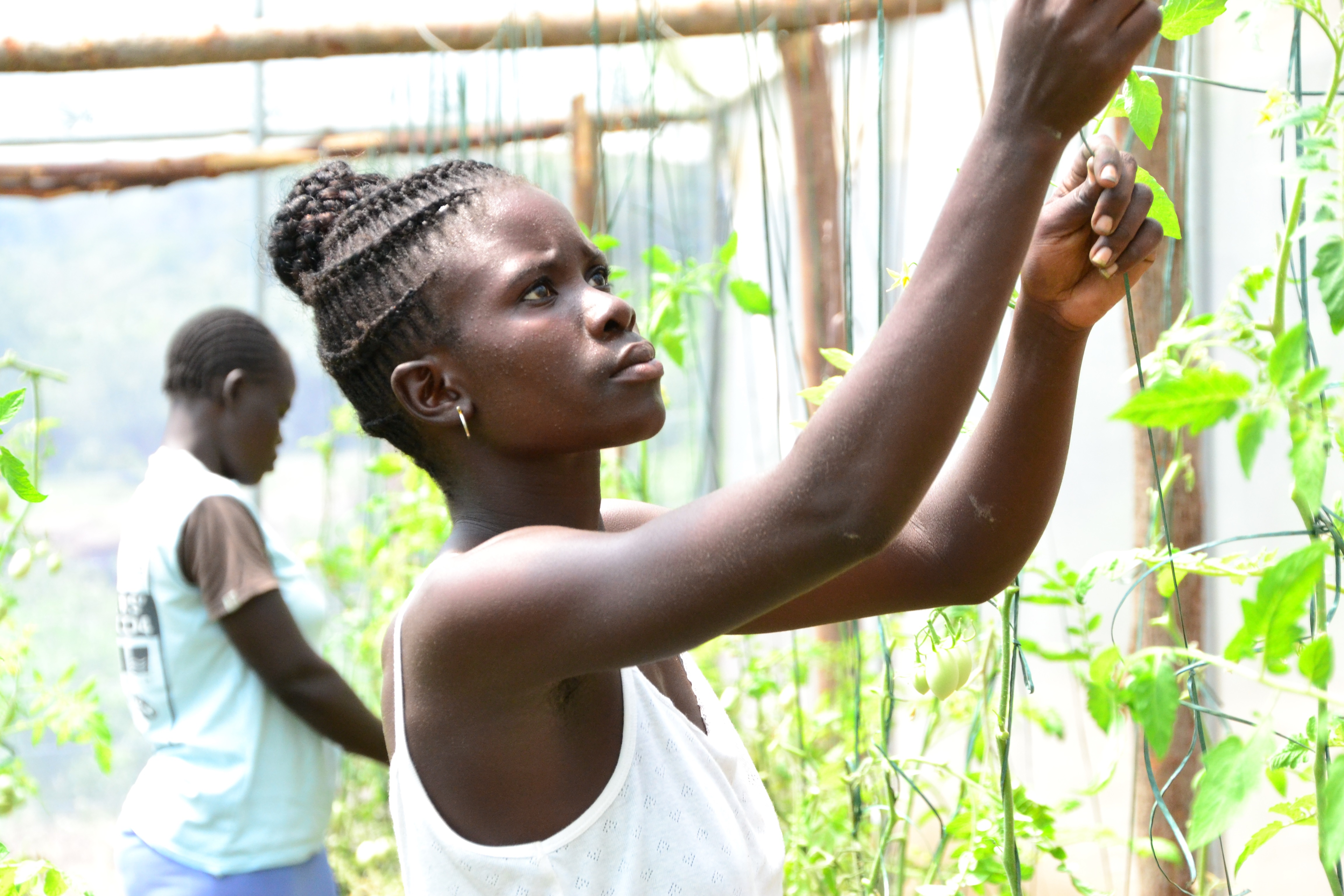Agricultural change in Africa: How cookbooks and recipes got a bum rap

Written by Jim Sumberg
Image: C. Schubert (CCAFS).jpg
For at least three decades, agricultural research and extension in Africa has been castigated for being top-down and non-participatory and burdened by an overly simplistic, linear, research-centric model of change. This critique is encapsulated in the suggestion that research and extension are so far removed from rural reality that they take a “cookbook approach”, promoting rigid recipes. At the same time, farmers are widely acknowledged to engage with new technology through testing, experimentation and perhaps most importantly, adaptation.
But do cookbooks and recipes deserve to be dragged through the mud in this way? Have they been landed with a bum rap?
In the kitchen, the traditional domain of cookbooks and recipe, there are at least two ways that people engage with them. The first is where the recipe is seen to provide a concisely specified, step-by-step template for the production of a particular dish. The assumption is that if you follow the recipe carefully, the resulting dish will be just as appealing as the glossy picture that accompanies it. Here, recipe is synonymous with instructions.
The second way to engage with cookbooks and recipes is as sources of ideas and inspiration. The emphasis here is not on the step-by-step instructions, but more on the novel associations of ingredients, and new (or perhaps forgotten) ways of preparing, combining, cooking and serving. These might be used to prepare derivative creations (e.g. using the ingredients that are at hand and not worrying about the others), integrated into traditional dishes or family favourites to give them a new lease on life, or they may inspire more radical innovation. Without the recipe – an accessible telling of one possible way of doing something – none of this would be possible.
In this sense, if indeed there is (or was) a “cookbook mentality” in agricultural research and extension, the problem is not necessarily with the recipes themselves. Rather, technical recommendations, fiche technique, and technical packages – recipes all! – should be seen and disseminated as what they are – ideas banks, sources of inspiration, and an important source of grist for the ever-moving mill of agricultural innovation.
